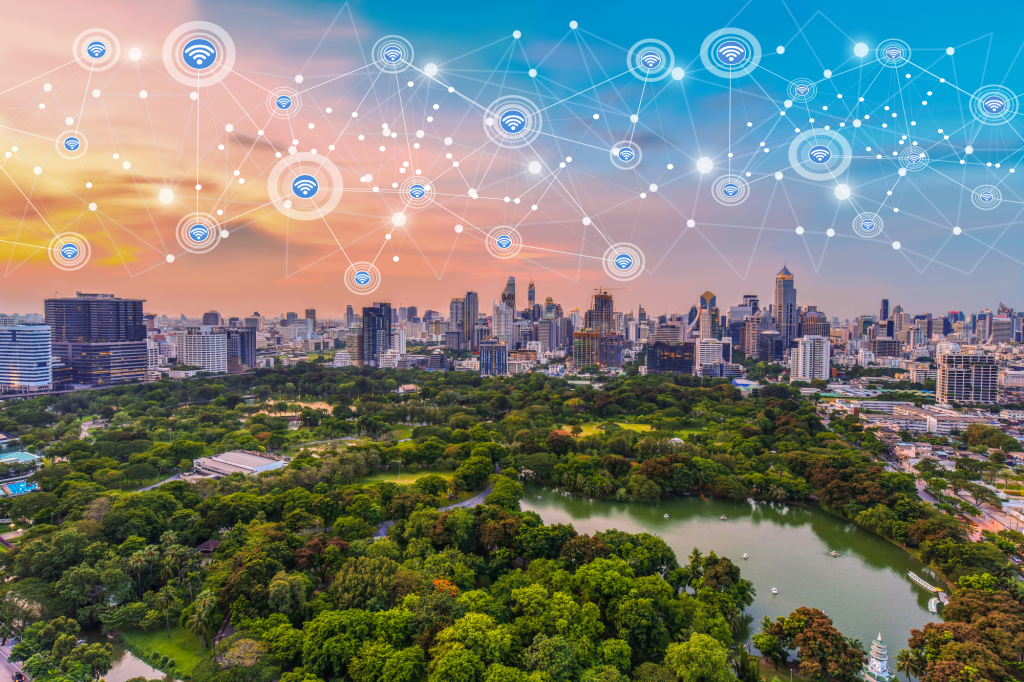Trusted Worldwide | 250+ Cities Designed | 5 Million + Premises Connected
The Scale of Fiber-Optic Technology
The unbelievable value of Fiber networks continues to be explored. Not only do they provide fast, reliable, and secure internet connections, but they also provide so many more benefits.
Fiber optic technology uses thin strands of glass or plastic fibers to transmit data as light signals. This allows for incredibly fast and reliable internet connections, far surpassing traditional copper cables.
A connection that’s capable of withstanding the quantity of data AI requires; a network not only for today, but for tomorrow.
Key Benefits of Fiber Networks
Superior Speed Fiber optic internet offers significantly faster speeds compared to traditional cable or DSL. This means quicker downloads, smoother streaming, and a more responsive online experience.
Reliability Fiber networks are known for their reliability. They are less susceptible to weather conditions and electromagnetic interference, ensuring a stable connection even during adverse conditions.
Higher Bandwidth Fiber networks can handle more data at once, making them ideal for households or businesses with multiple devices. This means you can stream, game, and work online simultaneously without experiencing slowdowns.
Low Latency Low latency is crucial for activities like online gaming and video conferencing. Fiber networks provide minimal delay, ensuring a seamless and real-time online experience.
Enhanced Security Fiber optic cables are more secure and harder to tap into compared to copper cables. This makes fiber networks a safer option for transmitting sensitive data.
Longer Distance Coverage Fiber optic cables can transmit data over longer distances without signal degradation. This makes them suitable for both urban and rural areas, providing consistent performance regardless of location.
Applications of Fiber Networks
Home Use
– Streaming: Enjoy high-definition streaming without buffering.
– Gaming: Experience lag-free online gaming.
– Smart Home Devices: Connect multiple smart devices seamlessly.
Business Use
– Cloud Computing: Efficiently access and store data in the cloud.
– Video Conferencing: Conduct high-quality video meetings without interruptions.
– Large Data Transfers: Quickly transfer large files and data sets.
Environmental Impact
Eco-Friendly: developments. Fiber networks are more energy-efficient and have a smaller carbon footprint compared to traditional networks. This makes them a greener choice for the environment.
Future-Proofed Technology
Scalable Projection: Fiber networks can easily be upgraded to meet future demands. As technology advances, fiber optic infrastructure can adapt, ensuring long-term viability.
Fiber networks offer superior speed, reliability, higher bandwidth, low latency, enhanced security, and longer distance coverage.
They’re suitable for both home and business use, environmentally friendly, and future-proof.

